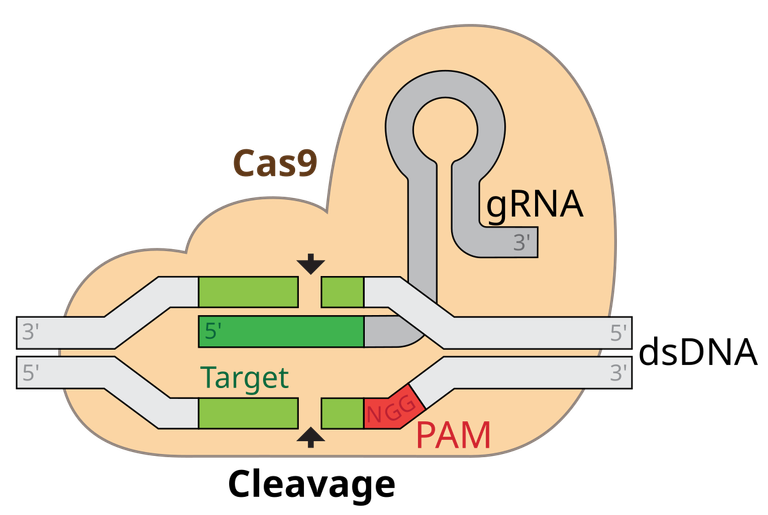
CRISPR technology has revolutionized the field of gene editing, offering unprecedented precision and efficiency in altering DNA sequences. This groundbreaking tool, derived from a natural defense mechanism found in bacteria, allows scientists to target specific genes for modification, making it a game-changer in various fields, including medicine, agriculture, and biotechnology.
At its core, CRISPR (Clustered Regularly Interspaced Short Palindromic Repeats) functions alongside an enzyme called Cas9, which acts like molecular scissors. When researchers introduce a guide RNA that matches a specific DNA sequence, Cas9 can locate and cut the DNA at that precise spot. This ability to edit genes with such accuracy has opened up new avenues for treating genetic disorders, enhancing crop resilience, and even combating diseases.
In medicine, CRISPR holds immense promise for treating genetic conditions such as sickle cell anemia, cystic fibrosis, and certain types of cancer. Researchers are exploring ways to correct mutations at the genetic level, potentially offering cures rather than just treatments. Clinical trials are already underway, demonstrating CRISPR's capability to modify immune cells to better fight cancer. The ability to edit genes in real-time presents a revolutionary shift in how we approach healthcare, moving towards more personalized and effective treatment options.
Agriculture is another area where CRISPR is making significant strides. Scientists are employing this technology to develop crops that are more resistant to pests, diseases, and environmental stressors. For instance, researchers have successfully engineered rice varieties that can withstand flooding, which is crucial for food security in regions prone to climate change. Additionally, CRISPR can enhance nutritional content in crops, potentially addressing global malnutrition issues. The precision of CRISPR allows for modifications without introducing foreign DNA, which is a significant advantage over traditional genetic modification techniques.
However, the rise of CRISPR technology also raises ethical considerations. The ability to edit human embryos and potentially create "designer babies" has sparked intense debate about the moral implications of gene editing. Concerns about unintended consequences, such as off-target effects or the long-term impact on the human gene pool, necessitate careful regulation and oversight. As scientists continue to push the boundaries of what CRISPR can achieve, society must grapple with the ethical frameworks that govern its use.
Furthermore, public perception plays a crucial role in the acceptance of CRISPR technology. Misinformation and fear surrounding genetic modification can hinder progress and lead to resistance against beneficial applications. Educating the public about the science behind CRISPR, its potential benefits, and the safeguards in place to prevent misuse is essential for fostering informed discussions.
In conclusion, CRISPR technology represents a monumental leap forward in gene editing, with the potential to transform medicine and agriculture. While the benefits are promising, the ethical considerations and societal implications must not be overlooked. As we navigate this new frontier, a balanced approach that prioritizes both innovation and responsibility will be crucial in harnessing the full potential of CRISPR for the betterment of humanity.
@tipu curate
Upvoted 👌 (Mana: 2/52) Liquid rewards.